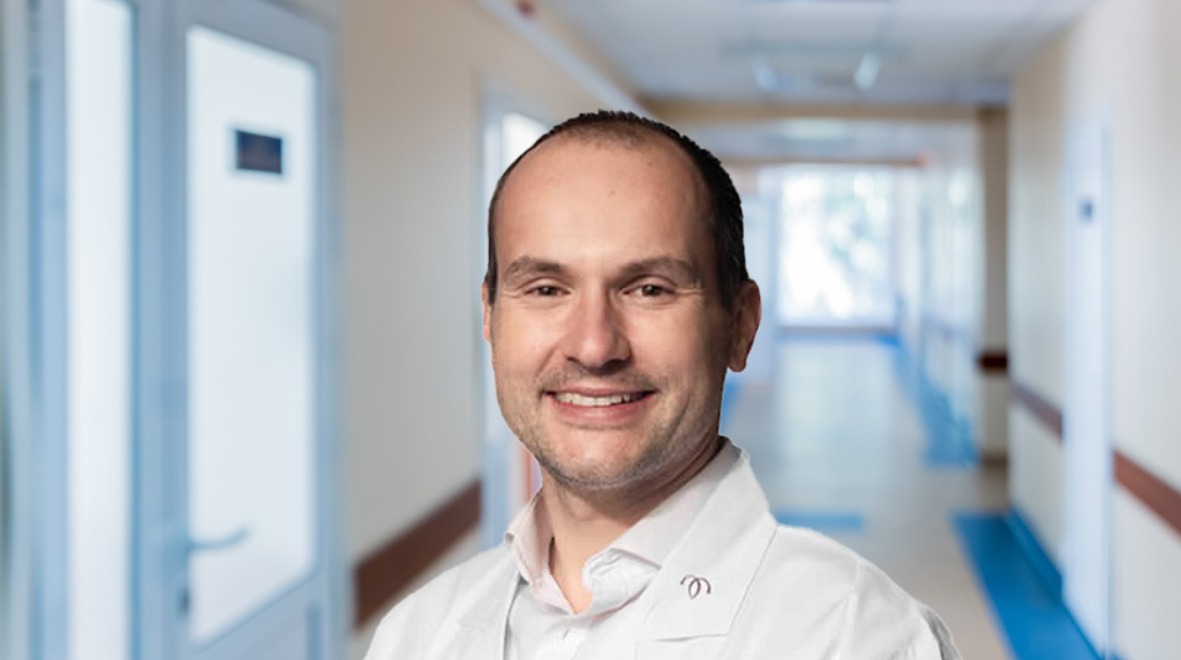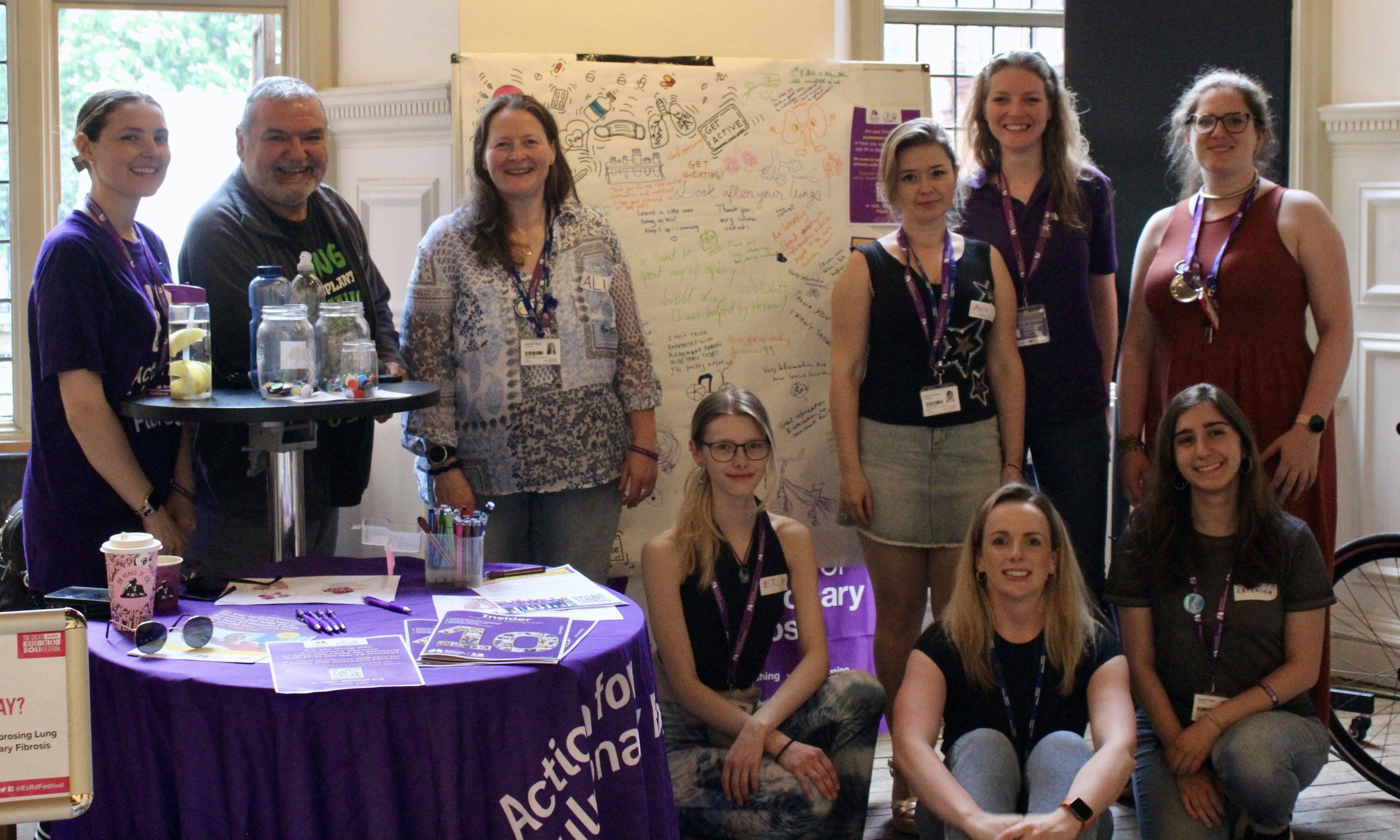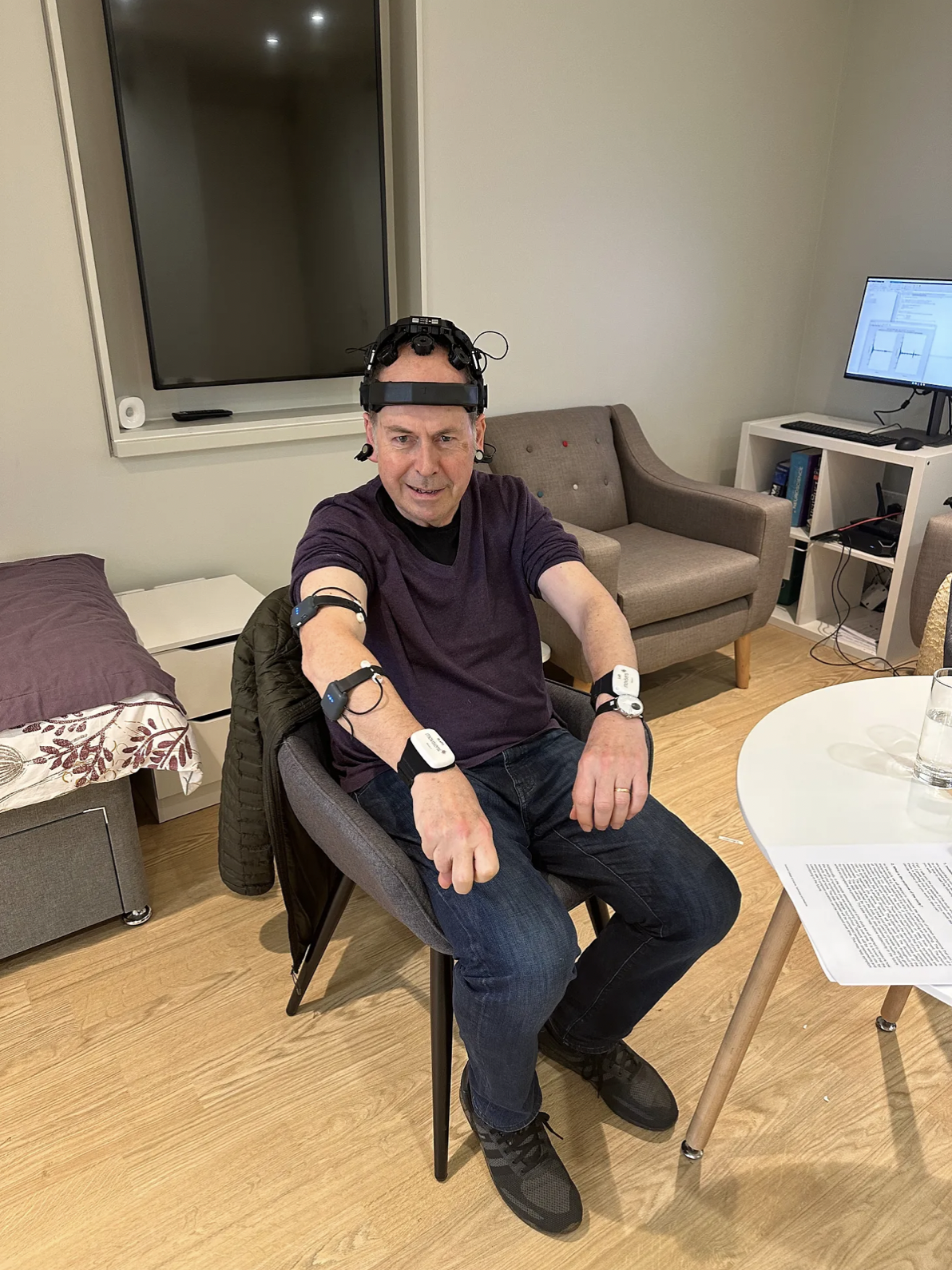
Fertility treatments like IVF help thousands of women achieve their dream of motherhood each year, but what are the long-term health implications? Dr Srdjan Saso, Honorary Clinical Senior Lecturer in the Department of Metabolism, Digestion and Reproduction and Consultant Gynaecologist and Gynaecological Cancer Surgeon at Imperial College Healthcare NHS Trust, explores what the data reveals, and how clinics can improve long-term health monitoring.
As a gynaecological cancer surgeon, I see many women diagnosed with cancers who I know are also concerned about protecting their fertility. Societal pressures, evolving gender roles, financial insecurities, but most importantly, in my opinion, a declining cultural emphasis of motherhood are leading to delayed childbearing and lower fertility rates.
Fertility treatments, such as in vitro fertilization (IVF), help many thousands of women conceive every year. With colleagues from Imperial and KU Leuven, I set out on a collaborative research project to explore an important question: could undergoing fertility treatment influence the risk of developing certain gynaecological cancers?








